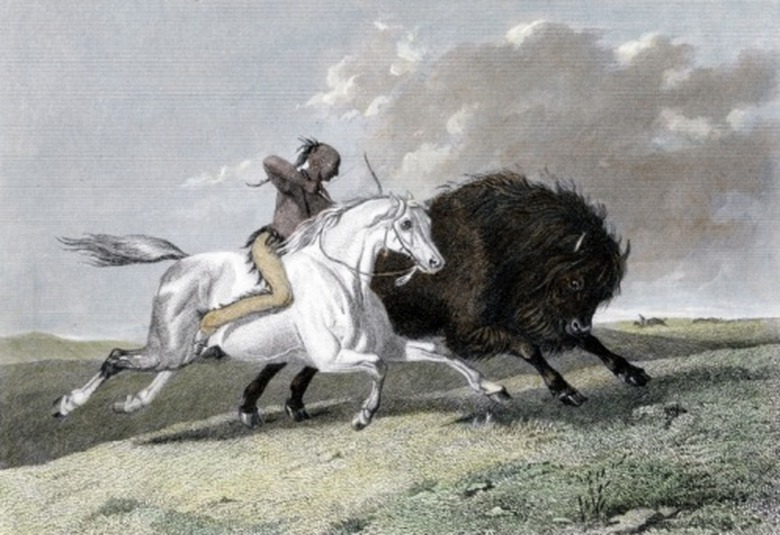How To Tie A War Bridle
Things Needed
-
3/8 inch soft rope, 20 feet long
-
Dangerous horse
Warning
War bridles should never be used to tie up a horse, either to a fence or for ground tying; they can end up breaking their jaw. This is a severe method of restraint. It should only be used with caution by someone experienced with horses as a method to control a dangerous animal. Many people feel the use of war bridles borders on animal abuse. They should never be used by an amateur. While some people feel they are useful for training, they don't really teach the horse anything about working with people except that they must stand still while the war bridle is in use.
Tip
War bridles are usually used in extreme cases with horses that are dangerous and difficult to control or when you need to take a horse's attention off of something, like medical treatment. Using this with a standard halter can give the handler better control.
The first image of a war bridle that most people think about is the image of a Native American, riding a horse with just a loop of rope around the horse's bottom jaw. While this is somewhat true, today's usage of war bridles are more for restraint than for riding. If you plan to ride with such a bridle, you need to keep your hands gentle, as the rope applies quite a bit of pressure on the horse's poll and mouth. A hackamore would be a gentler alternative that also uses minimal straps around the horse's head.
Step 1
Bring one end of the rope to make a small loop, just large enough to go in the horse's mouth, encircling the lower jaw. Tie a secure knot.
Step 2
Place the loop around the jaw so the rope rests in the natural gap between the horse's teeth. Make sure the knot and the remaining length of rope is on the animal's right side.
Step 3
Wrap the free end of the rope over the top of the horse's head, so it rests on the poll — the rise right behind the horse's ears. Bring it down the other side of the horse's face and pull the end through the loop in the horse's mouth so the rope is taut, but not too tight, around the horse's head.
Step 4
A modified war bridle runs another length back over the head to the other side. In extreme cases, the rope can then be run over the gums just under the upper lip, forming a twitch.
